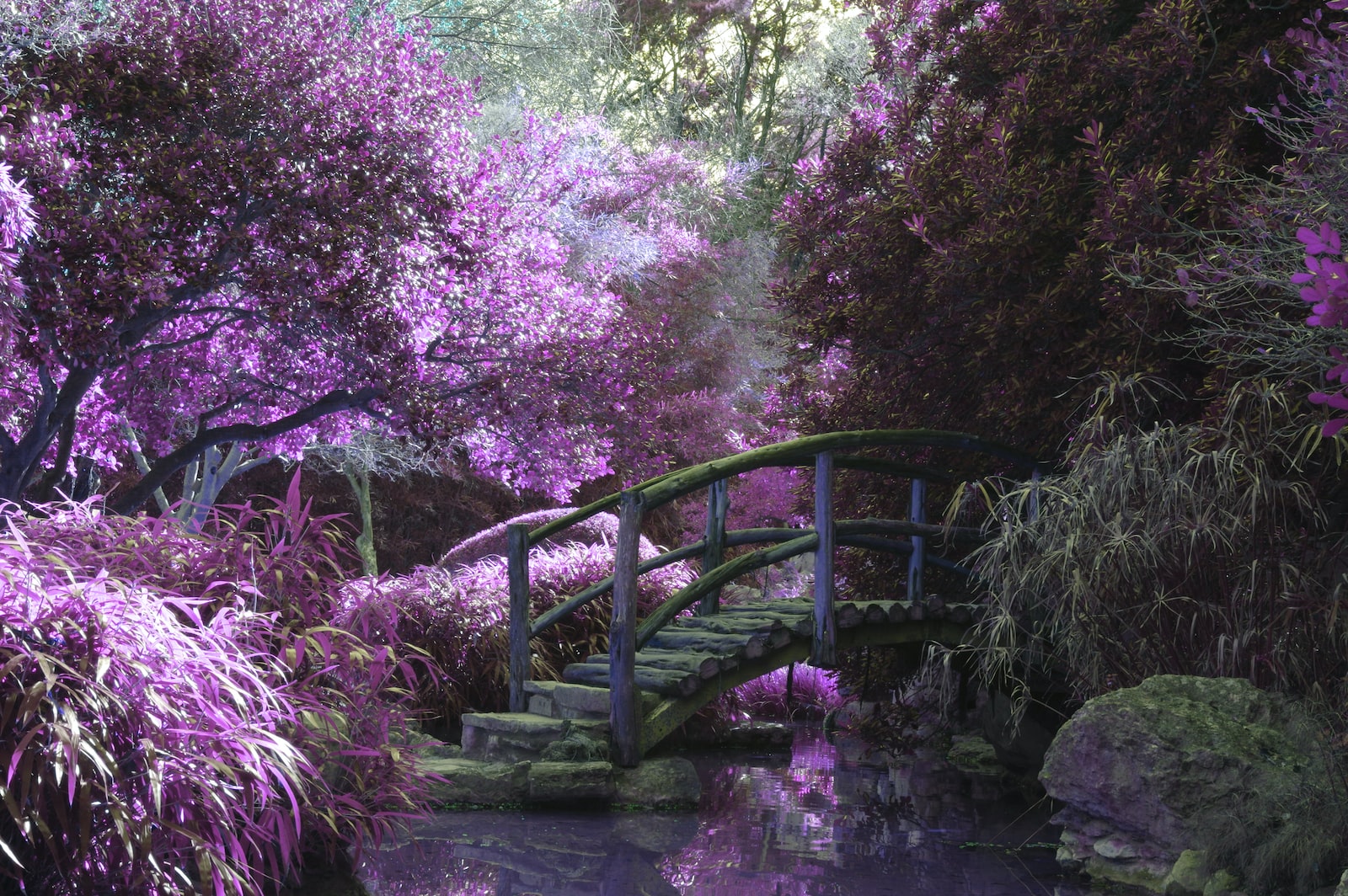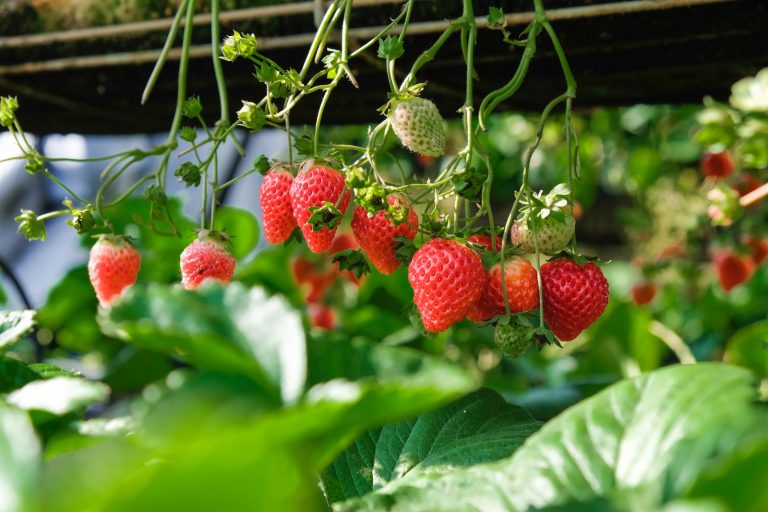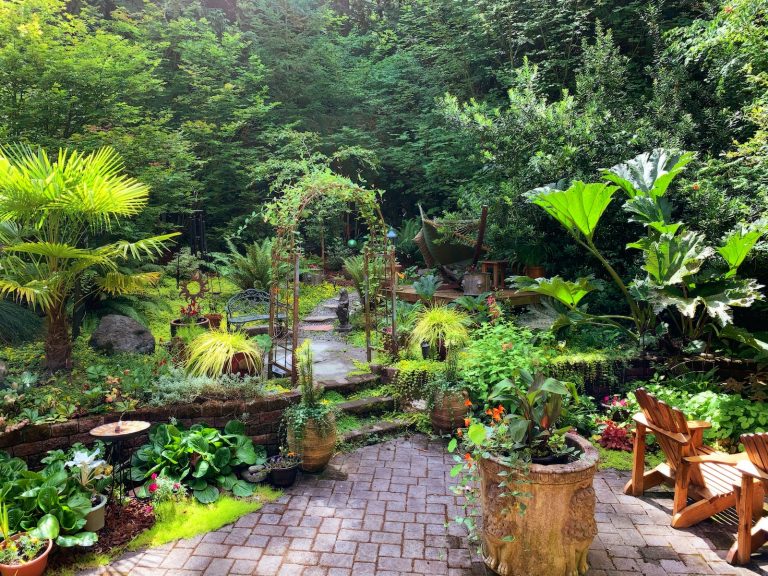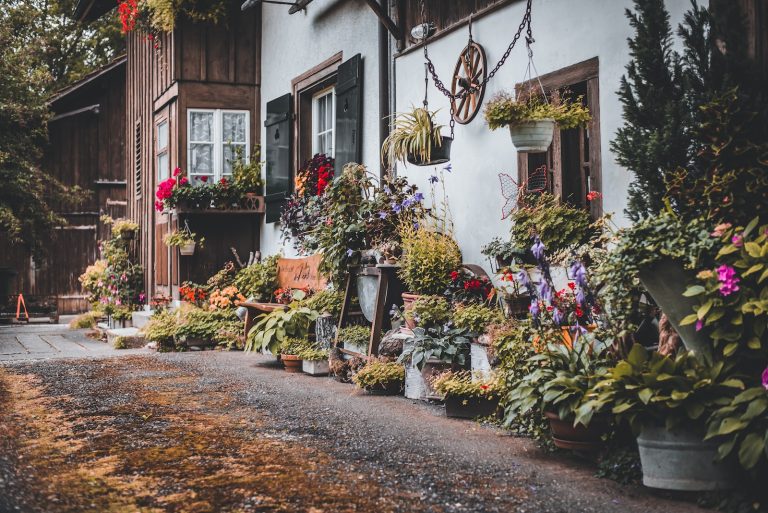How to Create a Japanese Zen Garden at Home?

Are you tired of feeling stressed and overwhelmed at home? Imagine stepping into a serene oasis that transports you to a state of pure tranquility. A Japanese Zen garden can be just the solution you need! In this blog post, we’ll show you how to create your own peaceful retreat in your backyard or even indoors – no matter what size space you have – using these simple tips and tricks.
Japanese Zen Garden
A Japanese Zen garden is a traditional garden that is designed to promote relaxation and meditation. The gardens are typically characterized by their simplicity, with features such as gravel or sand that is raked in patterns, rocks, and shrubs. While the gardens originated in Japan, they have become popular around the world as a way to create a tranquil oasis.
If you are interested in creating your own Japanese Zen garden, there are a few things to keep in mind. First, it is important to choose a space that is calm and secluded. This will help you to feel more relaxed when you are spending time in your garden.
Next, you will need to choose the right plants and features for your garden. Consider adding rocks, gravel, or sand as well as some shrubs or trees. Finally, remember to take care of your garden so that it remains a peaceful place for you to relax and meditate.
Benefits of a Zen Garden
The benefits of a Zen garden are numerous. Not only are they beautiful and calming, but they can also help to promote relaxation and well-being. In addition, Zen gardens can be used as a form of mindfulness meditation, which has been shown to provide numerous health benefits.
Improved mental clarity: Zen gardens may help to improve mental clarity, focus, and concentration by providing a calming environment free from distractions.
Stress relief: A Zen garden can provide a peaceful space away from the hustle and bustle of everyday life, which can help to reduce stress levels significantly.
Reduced anxiety: Spending time in nature has been found to have numerous benefits, including reducing levels of anxiety. The sights and sounds of a Zen garden can be particularly calming and soothing for those suffering from stress or anxiety-related issues.
Increased creativity: Taking part in creative activities such as gardening or landscaping is known to boost creativity and spark new ideas!
Improved indoor air quality: The natural elements found in a Zen garden, such as plants and rocks, can help to purify the air around your home or workspace – perfect for improving indoor air quality!
Ideas for Elements in a Zen Garden
Water: The sound of water is essential for a zen garden. A small fountain or bubbling rock can add the perfect amount of ambiance.
Stone: Stone is a key element in any zen garden. It represents the earth and is used to create pathways, borders, and focal points.
Plants: A variety of plants can be used in a zen garden, including moss, bamboo, and dwarf trees. Plants add color and life to the garden.
Groundcover: Groundcover helps to fill in empty spaces and prevent weeds from taking over. Various types of gravel or mulch can be used as groundcover.
Essential Tools Needed
When creating your own Japanese Zen garden, there are a few essential tools you will need in order to get started. These include:
-A spade or small shovel
-A rake
-A broom
-A hoe
With these simple tools, you will be able to create the perfect garden to help you relax and find inner peace.
Setting Up Your Zen Garden
In order to create a Japanese Zen garden at home, you will need to set up your space in a way that promotes relaxation and reflection. To do this, you will want to choose a spot that is relatively secluded and away from high-traffic areas. Once you have found the perfect location, it is time to start gathering your materials.
Gravel or sand is essential for any Zen garden, as it symbolizes water and represents the flow of energy. You will also need some rocks or stones of various sizes to create interesting visual interest and texture. Plants are not typically included in traditional Zen gardens, but if you prefer, you can add low-growing mosses or grasses.
Finally, it is important to have a water source nearby so that you can occasionally add water to your garden. A small fountain or waterfall would be ideal, but even a simple birdbath can provide the necessary element of gentle movement and sound. With your materials gathered and your space ready, you are now ready to begin creating your very own Japanese Zen garden.
Keeping Your Zen Garden Maintained
Assuming you have all the necessary supplies to create your own Japanese zen garden at home, here are some tips on how to keep it maintained:
- Rake the gravel or sand in your zen garden regularly. This represents the ripples of water and is meant to be calming. Use a bamboo rake for a more authentic look and feel.
- Prune your plants regularly. Bonsai trees are often used in zen gardens and require frequent pruning.
- Weeding is also important to keeping your zen garden looking tidy. Pull up any weeds that may be growing in the gravel or sand.
- Make sure your plants are getting enough water. Depending on the type of plant, they may need to be watered daily or weekly. Check the soil before watering to make sure it is dry.
- Feed your plants every few weeks with an all-purpose fertilizer or one specific for bonsai trees.
By following these tips, you can keep your zen garden looking beautiful and serene all year long!
Alternatives to Japanese Zen Gardens
If you’re looking for alternatives to traditional Japanese zen gardens, there are plenty of options available. For example, you could create a garden that incorporates elements of both Japanese and Chinese culture. Alternatively, you could go for a more modern take on the zen garden, incorporating contemporary design elements and materials.
Another option would be to focus on the plants and foliage used in the garden. Japanese zen gardens typically make use of small trees, bushes and mosses. However, you could also include flowers, herbs and other plants to add color and interest.
Finally, don’t forget that a zen garden doesn’t have to be perfect. In fact, it’s often the imperfections that give these gardens their charm. So if you’re not sure where to start, why not experiment and see what works best for you?
Conclusion
Creating a Japanese Zen garden at home can be an enjoyable and rewarding experience. By understanding the essential elements of a traditional Zen garden, you will have the tools necessary to create your own personal sanctuary that is sure to draw admiration from anyone who visits it.
With its tranquil atmosphere and natural settings, a Zen garden can add a unique element of peace and tranquility to any home or outdoor space. Taking the time to construct your own private oasis with these principles in mind could prove to be an incredibly fulfilling endeavor.
James is a passionate writer and gardener with years of experience in home gardening. He is the author of several articles and blog posts on HomeGardenBlog.com, a platform where he shares his expertise and love for plants and gardening with the world.






